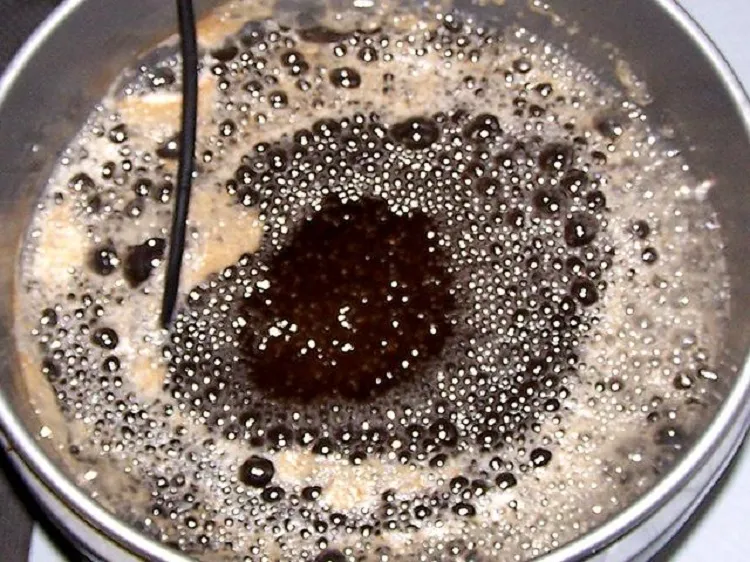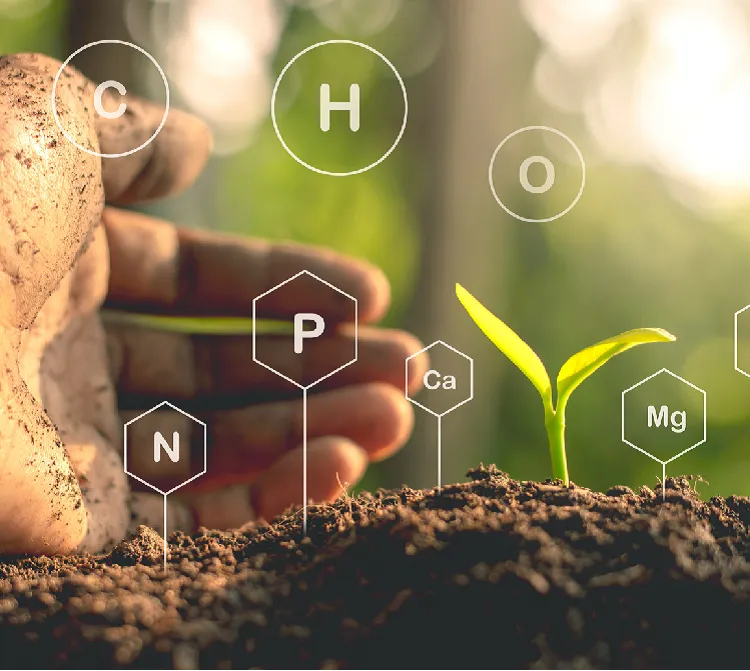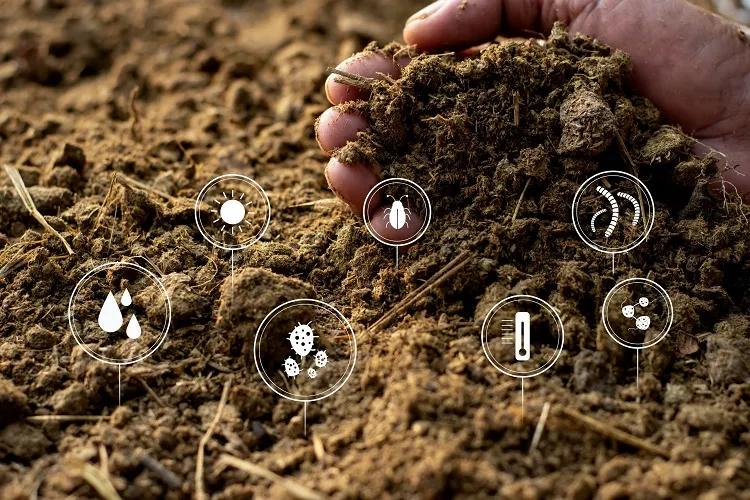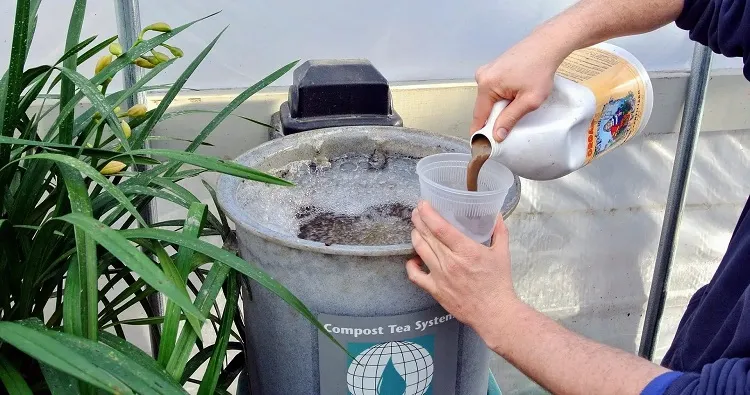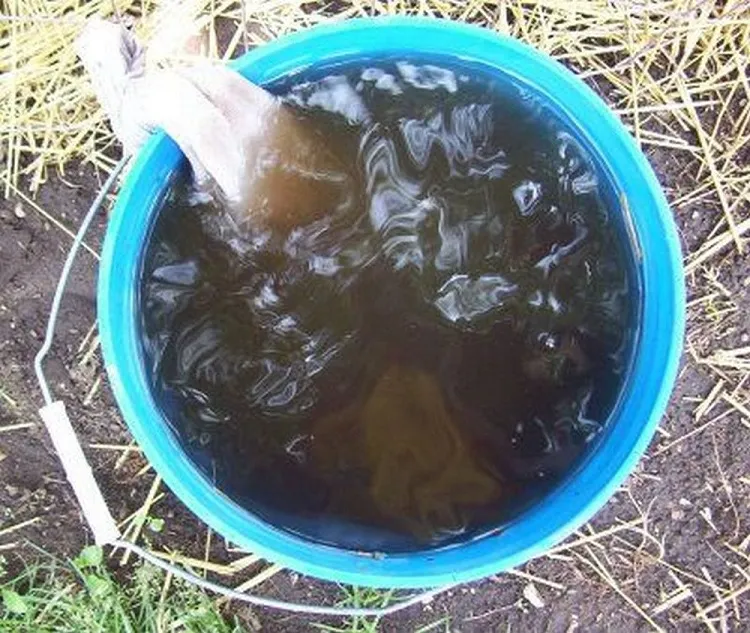Compost tea, often called “liquid gold” by passionate gardeners, is a natural and high in qualitative nutritions elixir, which is created to raise your garden’s growth and vitality. This science-backed mighty liquid fertilizer is comprised by compost and water, packed with beneficial microorganisms, organic matter, and vital elements for plants. Do you wonder what is the secret of its composition, and how it’s made? Where and when you should apply it?
What is Compost Tea?
The power of compost tea is hidden in breaking down rich in nutrients organic matter. When this organic stuff is soaked in water and aerated, it becomes a flourishing habitat for useful microorganisms like bacteria and fungi. These miniature, but mighty creatures play a fundamental role in disintegrating organic stuff, transforming them in more accessible to plants nutrients, and defending plants from noxious pathogens.
Does Compost Tea Work?
The efficiency of compost tea in enhancing plant growth and soil health has been well-documented by scientists through multiple researches, and countless stories of success, which gardeners tell. There are a few, but compelling reasons why this solution, full of nutrients and micro life, can work “miracles”:
- A mixture of nutrients boost: Compost tea is rich in substantial elements like nitrogen, phosphorus, potassium, as well as micronutrients. They are released bit by bit while the microorganisms containing there go on to decompose the organic substances, giving a permanent and balanced delivery of food to the plants.
- Soil Health: The beneficial micro life contained in compost tea enhances soil structure and increases its capability to keep water and nutritious stuffs.
- Disease repression: The variety of microorganisms in this precious liquid is beneficial in inhibiting the development of deleterious pathogens, which can hurt your plants.
- Improved nutrient absorption: The microbial content in this solution establish a symbiotic interrelation with plant roots, which is helpful in nutrient assimilation.

- Enriched in microbial species: The microbial variety of life in the solution enhances the soil ecosystem, producing a balanced food for your plants to feed and grow healthy.
How Do You Make Compost Tea?
Making your own compost tea is not much a time-consuming endeavor, and not so complicated as it seems at first glance. Just follow the steps:
Ingredients and appliances:
High in capacity, completed compost is the most important ingredient. It has to look dark, crumbly, and without any unpleasant smell. Then comes the water, which should be free from chlorine (not chlorinated) that can destroy the beneficial microorganisms. Then, there is a need of aerating device like an aquarium pump and/or air stones, to oxygenize the liquid while the brewing continues. After that comes the turn of the container, which should be a food-grade one, made of plastic or non-reactive material. Something, like a 5-gallon (19 L) bucket, would fit ideally. Finally, add the strainer, which role is to separate solid fraction and not allow forming clogs in your vaporizer or watering can.
How to prepare it?
- Take an amount of compost: Pour the necessary amount of compost, normally around 1–2 cups (240-470 ml) per 5 gallons (19 L) of water.
- Pour compost and water: Fill the container with free from chlorine water, leaving some volume at the top. Pour the compost to the water, stirring it in depth.
- Aerate the tea: Include the aerating device inside the vessel. Switch on a constant flow of oxygen, which is of vital importance for the reproduction of the useful microorganisms. Leave the oxygen to bubble away for 24–48 hours.
- Strain and apply to plants: After the brewing is over, strain the liquid through a fine mesh to separate the solid particles. The liquid should look like thick and dark tea.
- Dilute with water: Now, it’s time to dilute the solution with water. The most used dilution ratio is consisting of 1 part compost tea and 10 parts water.
- Application: Apply the compost tea to your plants’ roots and foliage with a help of a watering can or a sprayer. Repeat the procedure every 2–4 weeks while the growing season is going on.
Read also: How to Make Liquid Compost? A Simple and Easy Method to Stimulate Soil Health and Fertility
Compost tea is a natural and efficient way to fortify your garden soil and increase healthy plants growth. Its rich in nutritious elements composition and useful microbial life make it a precious component to the gardener’s toolkit. Whether you’re cultivating vegetables, ornamental plants, or flowering species, compost tea is your friend in achieving a lush and flourishing garden, lowering the need for chemical fertilizers and pesticides. So, give your garden a sip of this precious liquid, and watch how the green area opens in foliage and color like never before.
And: Build Your Own Compost Bin from Wooden Pallets and Recycle Organic Waste Cheaply

